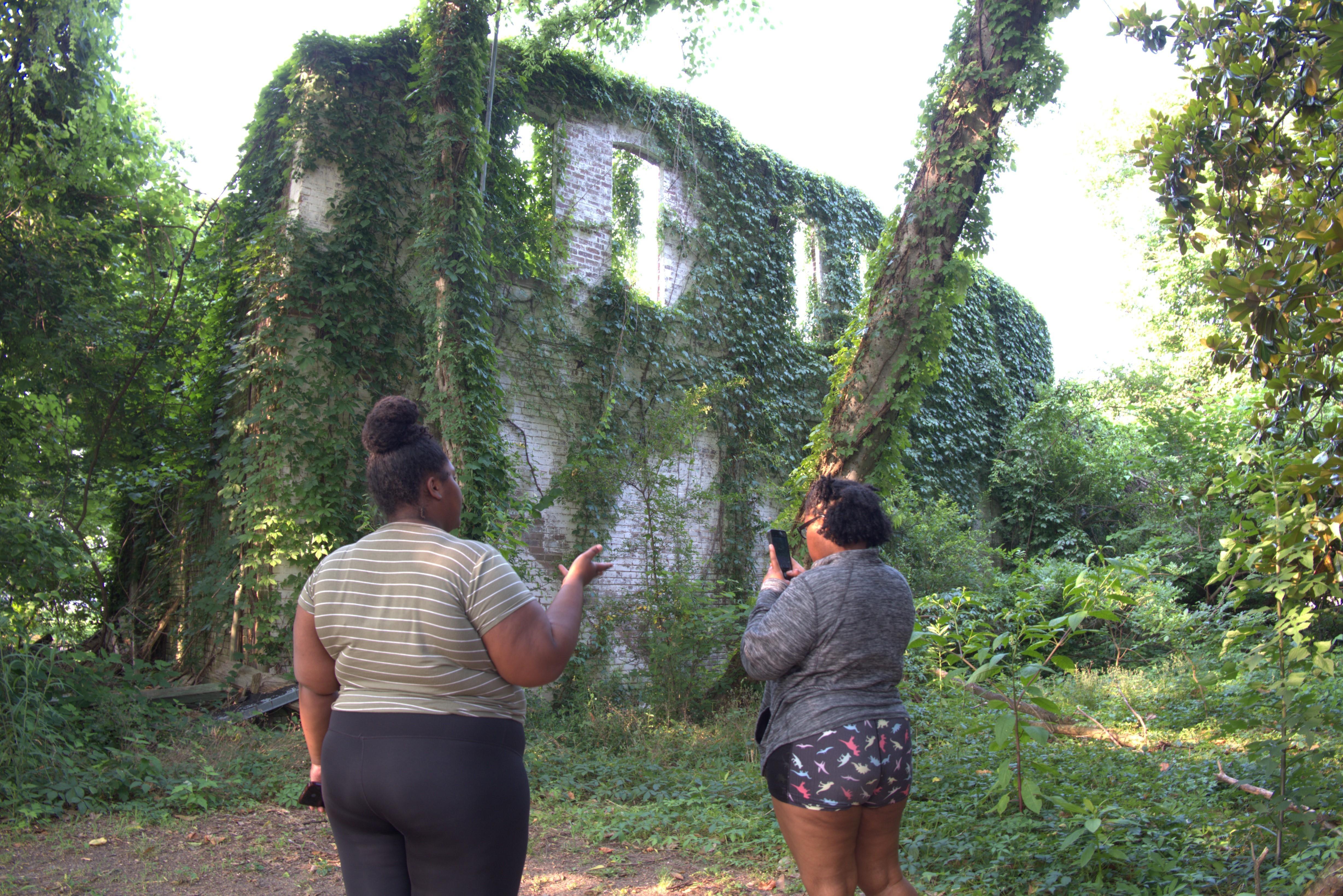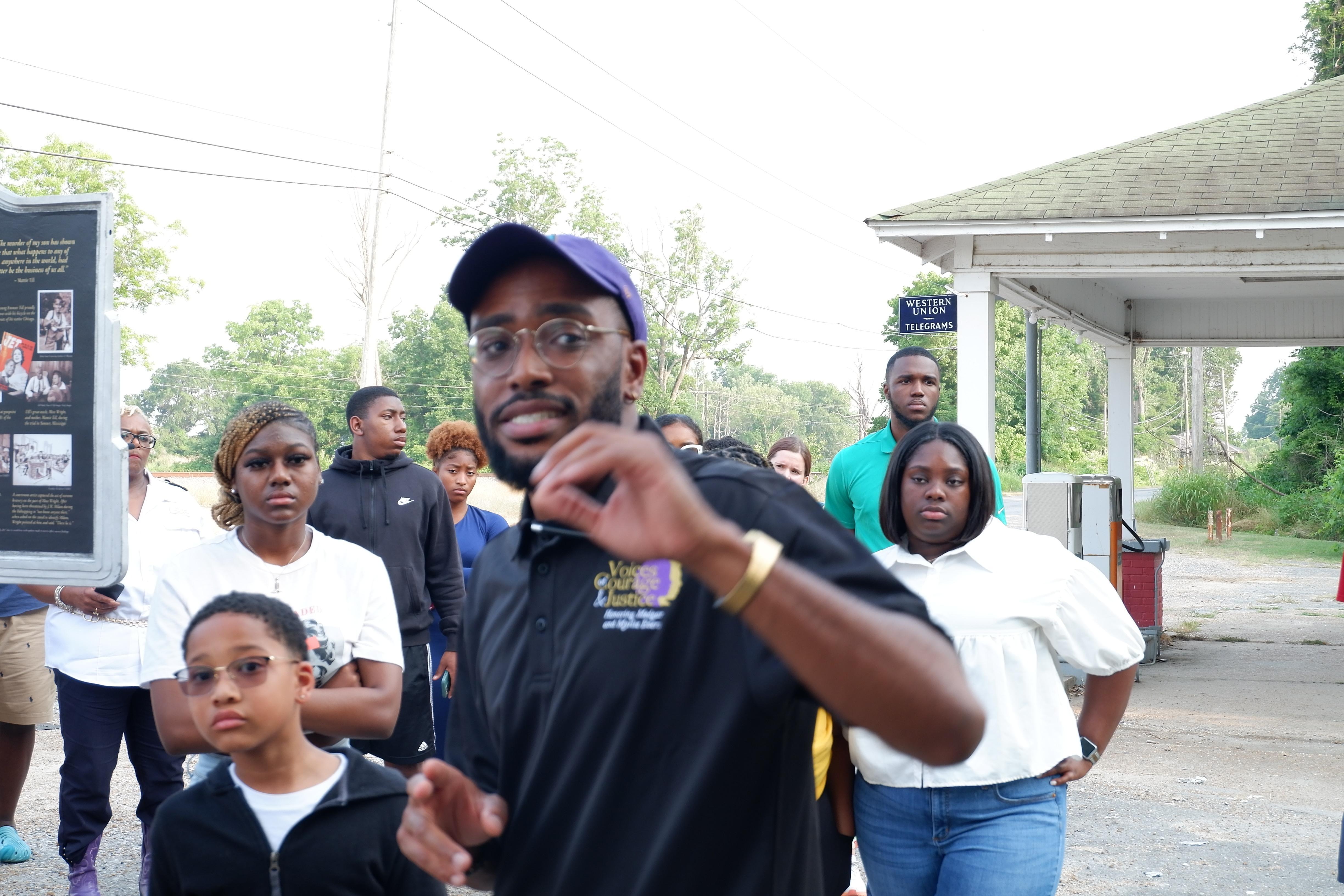In the town of Mound Bayou, which was founded by former slaves and led by civil rights figure Isaiah T. Montgomery, students perused a museum. There, they saw several displays dedicated to Medgar Evers, who worked in the town as a clerk before moving to Jackson to become the state's first NAACP field officer. One student from Jackson said she hadn't heard of the town until their visit.
“I’ve never been to Mound Bayou and I’ve never been to the Delta until today, so seeing all this and learning about Isaiah T. Montgomery and Medgar Evers, it’s definitely very educational.”
The museum also contained a section displaying heavily racialized advertisements of Black Americans from the 20th century in stereotypical and offensive manner, including political cartoons of former President Barack Obama and his wife represented as monkeys.
“It’s very disturbing but it needs to be seen. People need to be more aware that it wasn’t just the bad words — they need to see how people actually visualized us,” she said. “Of course we know about this stuff and we hear about it, but it’s different when we actually see it.”
During the stop at the B.B. King Museum in Indianola, Kailee Choice, who studies political science at Texas Southern University, said it provided her greater context on the role of music in the civil rights movement.
“Being from Tulsa, Oklahoma, and with the rich history in Tulsa, especially with the race riots and Black Wall Street, coming here and seeing how in other ways we were so impactful to our community and learning more about my culture is something beautiful to me,” Choice said. “Seeing the parallels from Oklahoma in Mississippi is beautiful. It shows young Black Americans that we were prosperous, and we do things through any genre of music or art.”






